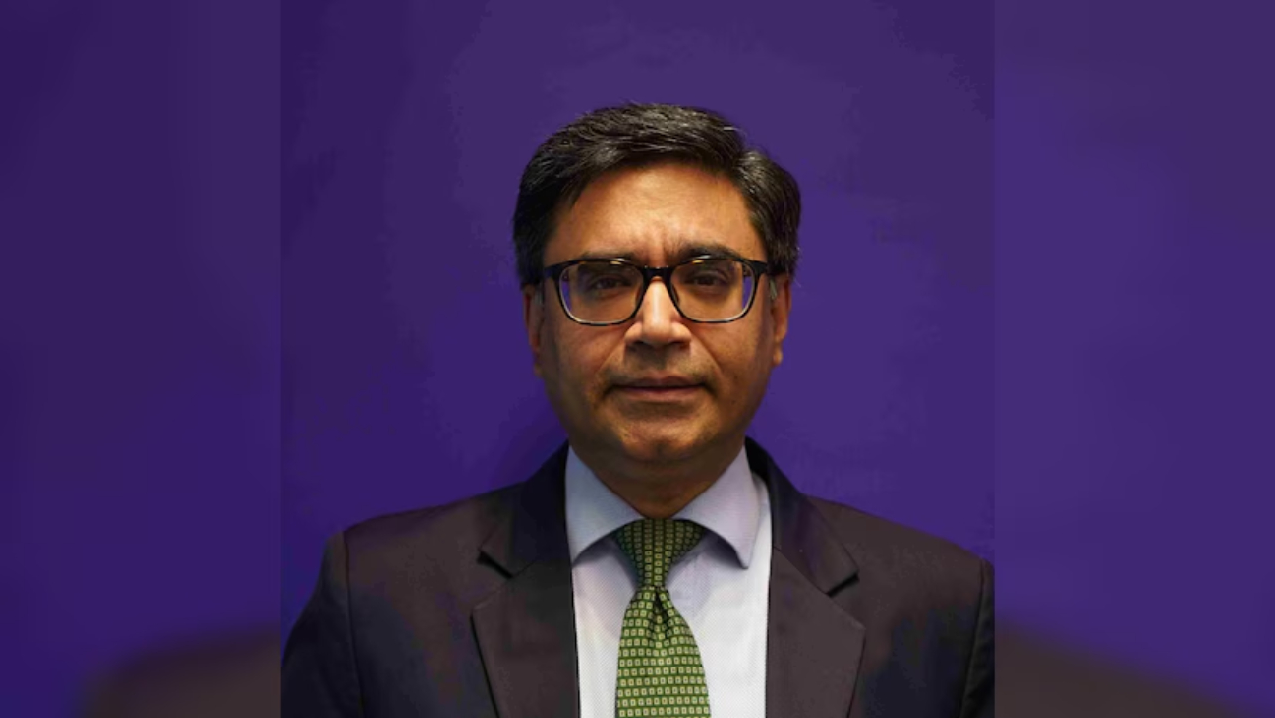The Department of Telecommunications (DoT) has recently approached the Supreme Court seeking approval for a spectrum allocation change. According to a report by Moneycontrol, the government aims to modify the existing process of spectrum distribution in certain cases where conducting auctions is not technically feasible.
Spectrum Allocation and Auction Processes
Under the proposed change, the spectrum for mobile services will continue to be distributed through auctions, which have been the preferred mode since the 2012 Supreme Court judgment. However, the DoT seeks permission for administrative allocation in specific scenarios. Here are the key points:
- Administrative Allocation: The government intends to reserve administrative allocation of airwaves for limited purposes, such as communication for space and satellite applications. This approach ensures that critical functions like weather forecasting, radar communication for ships, and communication for the Armed Forces and PSU (like BSNL) can be addressed effectively.
- Limited Cases: Only a small fraction (approximately 5 to 7 percent) of cases fall under administrative allocation. These include providing spectrum for walkie-talkies for police, radar systems, and other essential services.
- Due Process: The application filed by the government adheres to the due process preceding the introduction of the Telecom Bill in Parliament. It does not require any alteration in the Supreme Court’s original judgment.
- Ongoing Auctions: Despite seeking administrative allocation, the government emphasizes that spectrum for mobile services will continue to be allocated through the auction process. Currently, an auction for 4G and 5G spectrum is underway1.
Analysts are following this development closely, as it has the potential to significantly impact the Indian telecom sector. The outcome of the Supreme Court’s decision will be crucial in shaping the future of spectrum allocation in the country. In summary, the government’s application seeks the Supreme Court’s approval for administrative allocation in specific cases, ensuring that critical communication needs are met while upholding the principles of fairness and transparency in spectrum distribution.





































